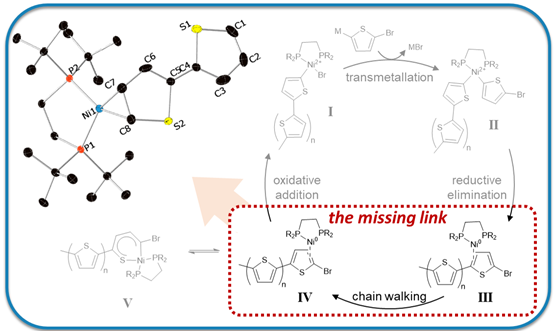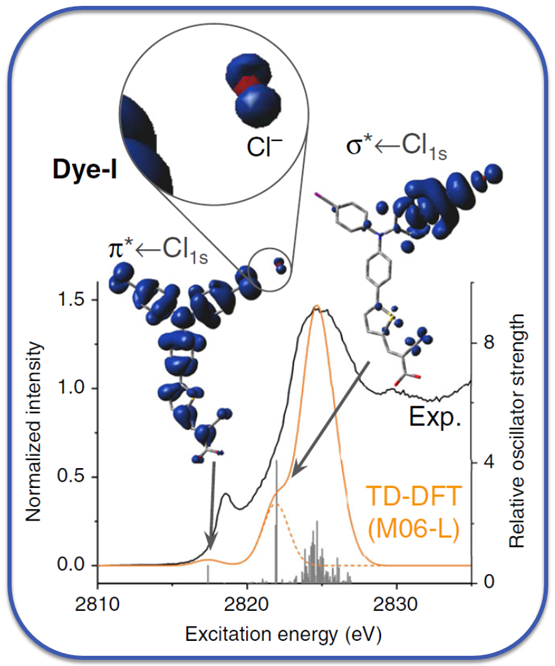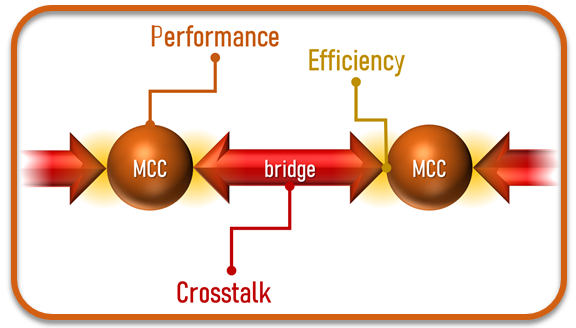The Kennepohl Research Group

About Us
The Kennepohl Group is a research group in the Department of Chemistry at the University of Calgary, led by Pierre Kennepohl whose background is in biological inorganic chemistry. The focus of our research is to apply a combination of spectroscopic and computational methods to gain an in-depth understanding of the electronic structure of molecules with interesting reactivity.
If you are interested in joining us, send us an email to: pierre.kennepohl@ucalgary.ca
In the past...
Our research group has previously tackled problems relating to:
- the identification of unexpected chemical species with unusual properties
- the mechanism of action in metal-based anticancer drugs
- the sustainable extraction and purification of lithium salts
- the improvement of wood preservation strategies using copper biocides
- the design of better catalysts for polymerization
- the nature of weak interactions and their role in improving solar energy conversion
In each of these cases, our expertise lies in the use of using light – often x-rays – as a way of evaluating the underlying structure of unique molecular species and defining how these unique features correlate with the observed chemical properties. Our work is highly collaborative and we employ a combination of experimental and computational methods to define the electronic structure of these species and explore their behaviour.


What we are doing today
We have several ongoing collaborations (both on- and off-campus) focusing on the elucidation of enzymatic active sites and the evaluation of novel metal-containing anticancer drugs. More recently, the group has also focused on detailing the electronic structure and reactivity of novel organometallic species. We have had a particular interest in re-evaluating our current understanding of transition metal dioxygen interactions and the isoelectronic metal-alkene interactions (as exemplified by the Dewar-Chatt-Duncanson model of alkene binding). In addition to these major areas of focus, we have recently branched out to apply our expertise to more industrially-relevant problems, specifically as it related to the biocidal activity of Cu(II) species and the role of radical processes in certain industrial applications.
Looking to the future
As a general rule, the key unifying aspects of the program are more focused on the questions we ask - as opposed to the specific systems we study. We seek to answer fundamental questions related to bonding and electronic structure, and once we have established our understanding of these features, we seek to apply that knowledge towards reactivity. In general, reactivity should be driven by the electronic nature of the species involved and thus obtaining a better understanding of those species can only lead us to a more thorough understanding of their associated chemistry.

